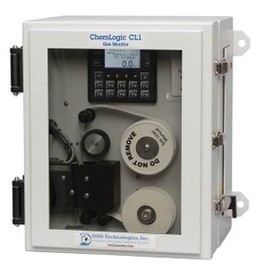
Polyurethanes seem to be everywhere today. They literally surround us in our everyday lives. The American Chemistry Council says, “It does not matter where you look, you are likely to find polyurethanes. Polyurethanes can be a found in mattresses, couches, insulation, liquid coatings and paints, tough elastomers such as roller blade wheels, soft flexible foam toys, some elastic fibers, and many other places and applications.”
There doesn’t seem to be an industry that isn’t somehow involved with polyurethanes at some level. Its applications and uses are varied and extensive, including these examples:
- Upholstered furniture contains flexible foam.
- Rigid foam is used as insulation in the walls and roofs of new construction.
- Medical devices and footwear include thermoplastic polyurethane.
- Adhesives, sealants, coatings, elastomers and other polyurethanes are used in just about every industry, including the automotive industry: Just look at the interior of your car, as an up-close-and-personal example.
While we can’t imagine our world today without polyurethanes, we need to face the realities and hazards associated with the manufacturing of polyurethanes. Polyurethanes are formed through the processing of TDI (toluene diisocyanate). The American Chemistry Council defines diisocyanates as “a family of chemical building blocks mainly used to make a wide range of polyurethane (PU) products.” According to the U.S. EPA, working with TDI can be hazardous for people, if the process is not properly monitored.
Manufacturers need to be careful: As manufacturing rebounds, we can expect a greater demand for the production of polyurethanes. DOD Technologies offers solutions to help protect workers and ensure safety at manufacturing facilities where TDI is used. More specifically, our ChemLogic 1 Single Point Continuous Monitor is being used at manufacturing facilities where they’re processing TDI to form polyurethanes. This is just one example of what we offer. Our innovative products, services and systems at DOD Technologies protect, support and save lives. We’d be happy to tell you more – and to help you find the perfect solution to meet your needs and to keep your manufacturing operations as safe as possible.






